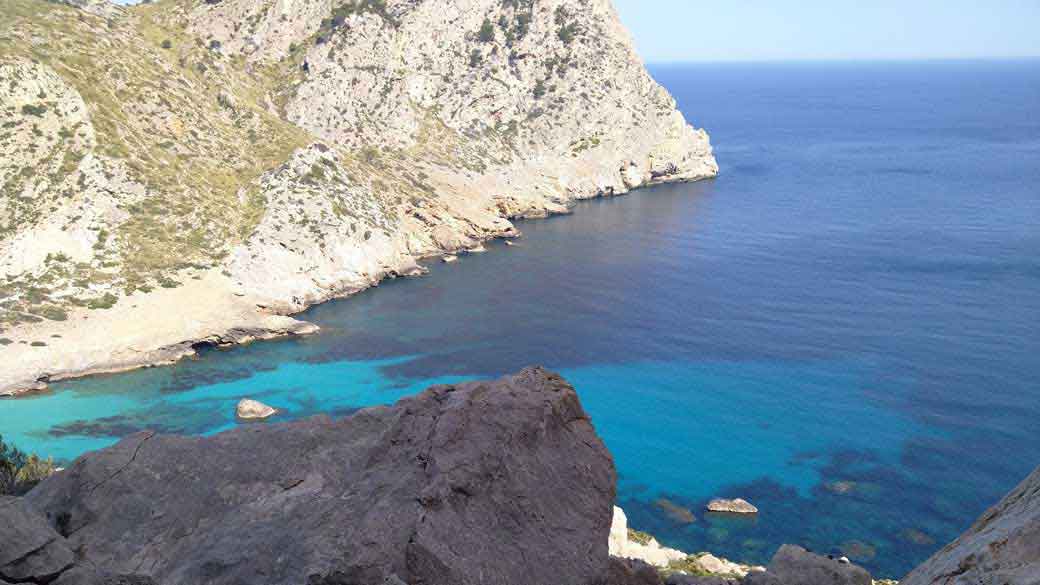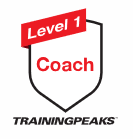Triathlon training camp as a preparation
Content:
- Are you ready for the upcoming season?
- Spring Training Camp. (Swim, Bike, Run, Eat, and Sleep)
- Focus training camp - no distractions
- The distribution of sports, swimming, cycling, and running
- Training Effects
Are you ready for the upcoming season?
The year is a few weeks old, and we ask ourselves: How can you best prepare for the coming season?
A few facts are important in addition to regular structured training:
You should have at least a rough overview or in the perfect case a sophisticated plan for the upcoming season, here it doesn't matter if you work with a training plan or with your coach, in both cases this is essential.
Create a suitable periodization for you with appropriate training blocks, which take into account your family and professional situation.
You should discuss and coordinate the complete plan with the family and your supporters.
Now every ambitious athlete will try to train a little more at certain times. Taking into account different work cycles with vacations, public holidays, and bridge days it is quite possible to use the time effectively for training.
In all cases, short or long-block training is the perfect way to provide yourself with a training boost by doing more training in certain training cycles.
How the block training is structured in detail depends on your time possibilities.
In the following, we will take a look at a classic triathlon training camp in the spring.
Spring Training Camp. (Swim, Bike, Run, Eat, and Sleep)
Swimming, cycling, running, eating, and sleeping, are exactly what perfectly describe a training camp. Detached from everyday life and disturbing factors, you can perfectly concentrate on your training.
In spring training camps, the focus is usually on cycling, because in the cold regions of Central Europe or America, extensive cycling with high circumferences is hardly possible in warm and dry weather.

To best process the training stimuli of a training camp, it is necessary to prepare it accordingly.
In a training camp, you should train a maximum of 30 percent more than you have trained before. With a larger increase in training volume (or better the training load), it becomes difficult for the body to process the training stimuli in terms of training physiology. For optimal processing of the training stimuli in the training camp, your body must not get overload symptoms.
Preparation on the indoor bike should be indispensable here depending on the performance level. Depending on the training volume in the training camp, it may even be 350 miles on the indoor bike. Even if this is not always a pleasure, this should be a necessary duty.
In concrete terms, this means for an example training block
Preparation foundation weeks at home
1st week 16 hours
2nd week 20 hours
3rd week 24 hours
One or two recovery weeks if necessary
Training camp 1st week 27 hours
If you are in very good physical condition and have a great base of years, you can plan another training camp week with the corresponding increase in volume, for example, 35h.
While slight overload symptoms are fine to a certain point, you should in no case get an injury or become ill, often, for example, the knees make problems when cycling, or the immune system responds with a cold. This would mean that the positive effects and training stimuli of the higher training volume would be lost again.
As already stated, there is a sudden increase in load during the training camp, which can usually only be maintained for the duration of the training camp. In everyday life, such a load can typically not be realized. On the one hand, the physical conditions are regularly not given. On the other hand, the training cannot be integrated into everyday life, and it is therefore unrealistic to even attempt to integrate such a high training workload into everyday life.
Focus training camp - no distractions
In the training camp, you are not in everyday life, the focus is exclusively on the training and corresponding supporting things. Everyday life, job, and sometimes even family or regular duties are not present, and the focus remains on training.
The vacation serves here as a means to an end, to do exactly what you like to do. Various mixed forms up to a family vacation with morning training sessions are of course possible.
The perfect time to train
For many athletes, the perfect time for a training camp is at the end of winter. At a certain period, every ambitious triathlete or cyclist must ride a serous bike blog. This training cycle must start with a basic blog and take place in the beginning of the season. Optimally, before the training camp a smaller, first basic training blog has already been ridden and the preparation for the training camp has taken place through the mentioned volume increase. In winter or at the beginning of spring, secure and extensive cycling is not possible in many regions due to the weather conditions.
In addition, there is the time factor of integrating the training into everyday life.
We consider March and April as the perfect time, that allows more preparation time and after returning home from the training camp the bike training can be picked up and in most cases training on the road can be continued.
In addition, on some quite popular and inexpensive Spanish islands like Mallorca at this time the weather is already very consistently warm and dry.
The distribution of sports, swimming, cycling, and running
The amount of training should be designed according to your abilities. Whether you ride 400 or 700 mil a week in a training camp, distribute the load sensibly and effectively during this time, each load should be followed by a corresponding recovery within a microcycle. As a rule, the load is increased on 3 consecutive days, to be followed by a recovery day.
Predicting the stress to be tolerated is only meaningful with a detailed look at the athlete. The training stress score varies not only depending on the training level. From the beginner to the ambitious Ironman athlete, a wide range is shown with a load of 500 - 2000. In addition, the individual stress limits of the athletes differ enormously.
The main load in cycling should therefore be chosen with sensitivity, additional loads in running and swimming may be trained supportively. Of course, appropriate regenerative measures such as stretching, yoga, and sleep must be sufficiently dosed.
Triathlon Coaching - individual and highly effective! |
Triathlon Training Camp - Alone or in a group?
The training camp is much more than just increased training stimuli. You get to know people with the same interests, or you spend more time with friends and colleagues. You train, laugh, suffer together and have a good time.
You gather your motivation for the season and realize how much your body can do!
This answer depends mainly on your preferences and self-discipline. If you generally prefer to train alone and can stick to your training plan well, you do not necessarily need a large group. Of course, whose advantage is clear, you can motivate each other even more and in some way also bears the joint responsibility for pulling through the training camp.
Training Effects
The effect of a training camp is manifold. With higher training stimuli, appropriate nutrition, and sufficient regeneration, the training camp is perfectly suited to effectively increase your performance, spend a lot of fun with your hobby and keep you healthy in this way. Of course, most of the adaptation processes of the body takes place after the training camp. You should take care to reduce the amount of training time afterward, so that the body can fully recover and adapt to higher demands through the reconstruction of cell structures.
After the training camp is before further training.
Depending on the level of stress, at least one or two weeks of easy training should follow, and then the training should be built up again quietly. Optimally, the body adapts to the new performance, and you can follow the recovery phase with higher performance values and continue to build on these throughout the season.

















